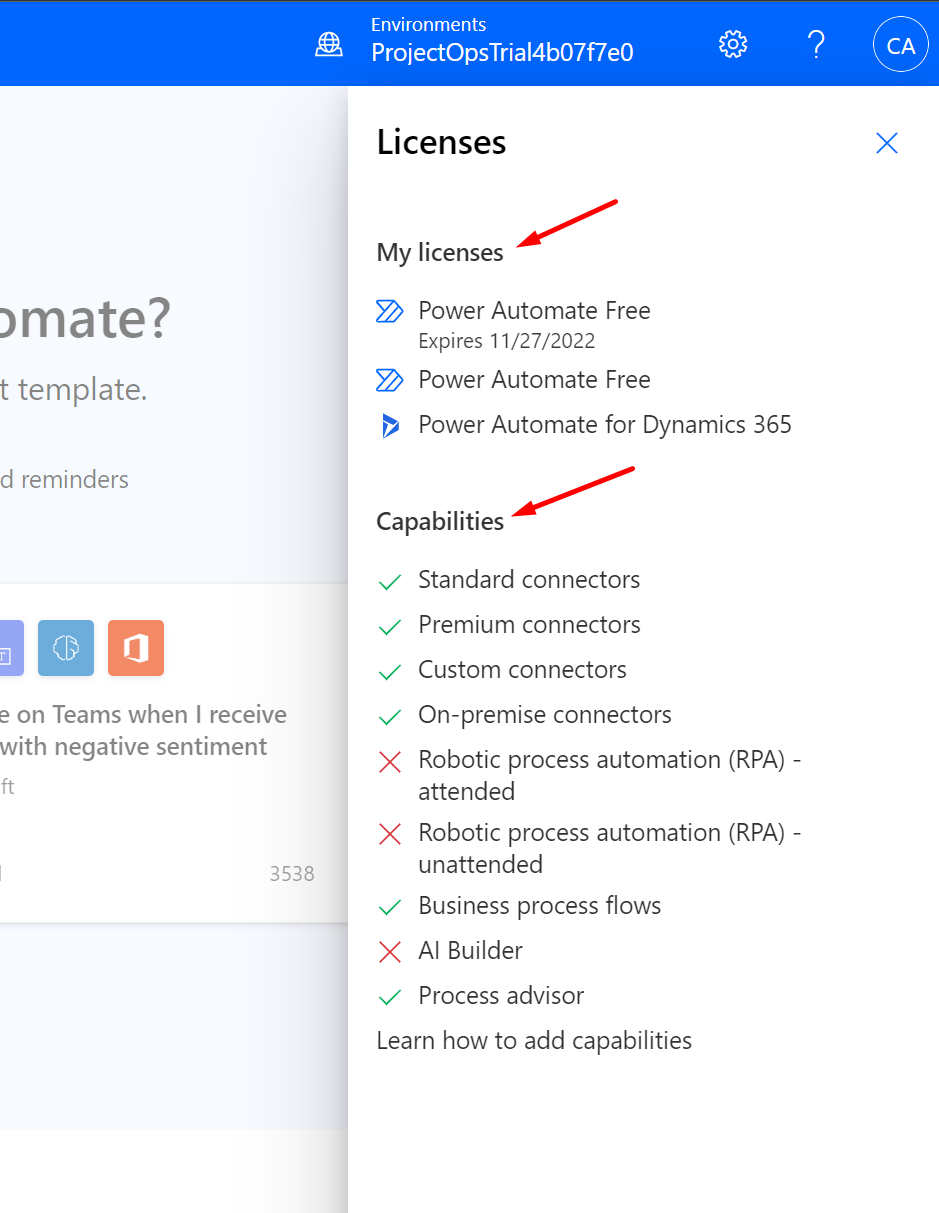One of the first things to do when starting a new Project Operations Lite environment is to start setting up organizational data for your environment and in that, setting up Organizational Units, Price Lists and Roles is one of the first things to start setting up –
Let’s see on how you can start the same!
Organizational Unit
One of the first things is to find the Default Org unit for your Project Operations Lite environment –
- Ensure that in your Project Operations environment, you are in Project Operations app. On the SiteMap, switch to the Projects area and then, Settings sub-area.

- Now, locate Parameters and there should be 1 record in the Parameters which is mapped to the Default Organization Unit. Select the same (click on the clickable Default Organization Unit lookup itself to directly go to the Organizational Unit [or referred to as Contracting Unit in further blogs])

- Once in the Org Unit record, update the name to what should be relevant based on your use case.

- I’ve renamed this to a more readable name based on my example. Now, it should be easy for you to deal with this Org Unit while referencing further.

Cost Price List in Organizational Unit
Now that the Org Unit is found and renamed correctly, let’s add a Cost Price List first –
- In your Org Unit record, click on Add Existing Price List.

- Then, click on New Record button upon clicking the Look for records lookup field.

- Select Price Lists as the record type and it should be the only option there.

- Then, it’ll open the Price List record creation form on the window and you can start filling in the details. Make sure the Context selected is of type Cost.
Also, the Effective Start Date and Effective End Date should be relevant as all calculations will be successful only if the dates to be processed for transactions fall inside the intended Price List dates.
Save and Close the record once completed.
- Then the saved record will be shows as selected on the lookup field and you can then click on Add button at the bottom.

- Once added, the sub-grid on the Org Unit will take a while to refresh and then show you the tagged Cost Price List correctly.

Now, you have tagged a Cost Price List successfully. Let’s quickly add a Sales Price List.
Sales Price List
Now that you have created and tagged a Cost Price List in the previous section, let’s quickly create a Sales Price List shell so that you have a corresponding Sales Price List to look at as well –
- Navigate to the Sales area and then select, Sales sub-area in the Sitemap.

- Here, click on the Price Lists table and then click to add a new Price List record.

- Note that the Context of the record should be Sales this time since we want to create a Sales Price List. Save & Close once the record looks satisfactory based on your relevant information to fill in.

- Now, you can see that the Sales and Cost Price Lists are ready in your environment.

Next Section here will cover adding Resource Roles, and then adding Role Prices to the Sales and Cost Price Lists.
In later parts of this series, we’ll continue to add more to the Price Lists, Roles etc.
Hope this post was useful!
Here are some Power Automate posts you want to check out –
- Select the item based on a key value using Filter Array in Power Automate
- Select values from an array using Select action in a Power Automate Flow
- Blocking Attachment Extensions in Dynamics 365 CRM
- Upgrade Dataverse for Teams Environment to Dataverse Environment
- Showing Sandbox or Non Production Apps in Power App mobile app
- Create a Power Apps Per User Plan Trial | Dataverse environment
- Install On-Premise Gateway from Power Automate or Power Apps | Power Platform
- Co-presence in Power Automate | Multiple users working on a Flow
- Search Rows (preview) Action in Dataverse connector in a Flow | Power Automate
- Suppress Workflow Header Information while sending back HTTP Response in a Flow | Power Automate
- Call a Flow from Canvas Power App and get back response | Power Platform
- FetchXML Aggregation in a Flow using CDS (Current Environment) connector | Power Automate
- Parsing Outputs of a List Rows action using Parse JSON in a Flow | Common Data Service (CE) connector
- Asynchronous HTTP Response from a Flow | Power Automate
- Validate JSON Schema for HTTP Request trigger in a Flow and send Response | Power Automate
- Converting JSON to XML and XML to JSON in a Flow | Power Automate
Thank you!









































































